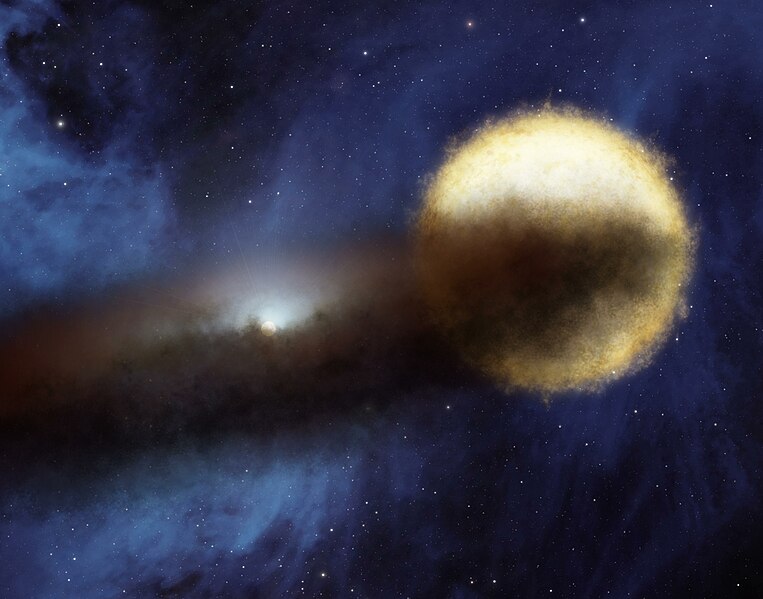Ficheiro:Epsilon Aurigae.jpg

Dimensões desta antevisão: 763 × 600 píxeis. Outras resoluções: 306 × 240 píxeis | 611 × 480 píxeis | 978 × 768 píxeis | 1 280 × 1 006 píxeis | 2 560 × 2 011 píxeis | 4 200 × 3 300 píxeis.
Imagem numa resolução maior (4 200 × 3 300 píxeis, tamanho: 610 kB, tipo MIME: image/jpeg)
Histórico do ficheiro
Clique uma data e hora para ver o ficheiro tal como ele se encontrava nessa altura.
| Data e hora | Miniatura | Dimensões | Utilizador | Comentário | |
|---|---|---|---|---|---|
| atual | 18h23min de 3 de fevereiro de 2010 |  | 4 200 × 3 300 (610 kB) | Originalwana | {{Information |Description={{en|1=Using NASA's Spitzer Space Telescope, astronomers have found a likely solution to a centuries-old riddle of the night sky. Every 27 years, a bright |
Utilização local do ficheiro
A seguinte página usa este ficheiro:
Utilização global do ficheiro
As seguintes wikis usam este ficheiro:
- cs.wikipedia.org
- en.wikipedia.org
- es.wikipedia.org
- fa.wikipedia.org
- fi.wikipedia.org
- he.wikipedia.org
- ja.wikipedia.org
- ko.wikipedia.org
- pl.wikipedia.org
- ru.wikipedia.org
- sv.wikipedia.org
- uk.wikipedia.org
- zh.wikipedia.org


